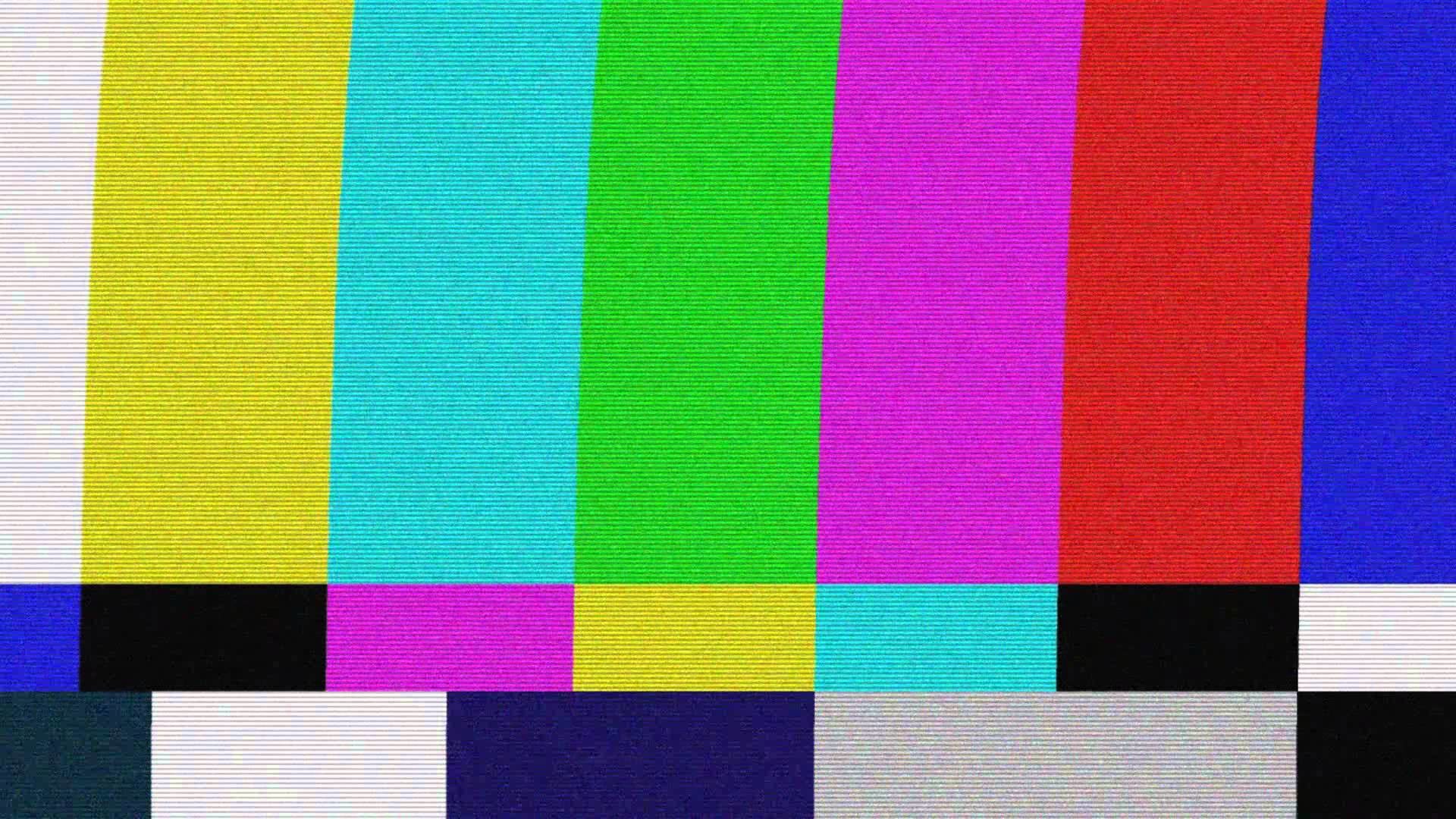Turing's Cathedral
I recently read Turing’s Cathedral by George Dyson, a book that’s been on my to-do list for a long time. Well worth reading, at the very least for its descriptions of computing in the 1940s. I tweeted some of my favourite passages…
Reading about the origins of computers back in 1946; amazing how *physical* the process was at the start...and how abstract now. (from ‘Turing’s Cathedral’ by George Dyson) pic.twitter.com/1Ic3oigDIn
— Richard MacManus (@ricmac) June 24, 2020
5 kb! pic.twitter.com/0u933jPujE
— Richard MacManus (@ricmac) June 24, 2020
Programming in the late 1940s (from Turing’s Cathedral) pic.twitter.com/tMLwZ3NaW1
— Richard MacManus (@ricmac) June 27, 2020
“electrostatic memory” in 1947 -> static site generators in 2020 pic.twitter.com/kpSsPQShpp
— Richard MacManus (@ricmac) June 30, 2020
Apps as microbes... George Dyson interviewed by @kevin2kelly in 2012 after ‘Turing’s Cathedral’ was released. pic.twitter.com/clIDt1p44g
— Richard MacManus (@ricmac) July 3, 2020
"There were electronic computers before Turing, but Turing came up with the concept of universal computation: that if you built one machine in hardware you could do everything else with software."
— Five Books (@five_books) December 10, 2018
Tech historian George Dyson on the origins of #computing.https://t.co/3szAfWXjmF
#otd in 1945 John von Neumann published the EDVAC paper, which became the technological basis for all modern computers & included decisions like using binary to represent numbers: https://t.co/nqZai62KLx (v/@Forbes) pic.twitter.com/2vA2QagbLc
— MIT CSAIL (@MIT_CSAIL) June 30, 2020
